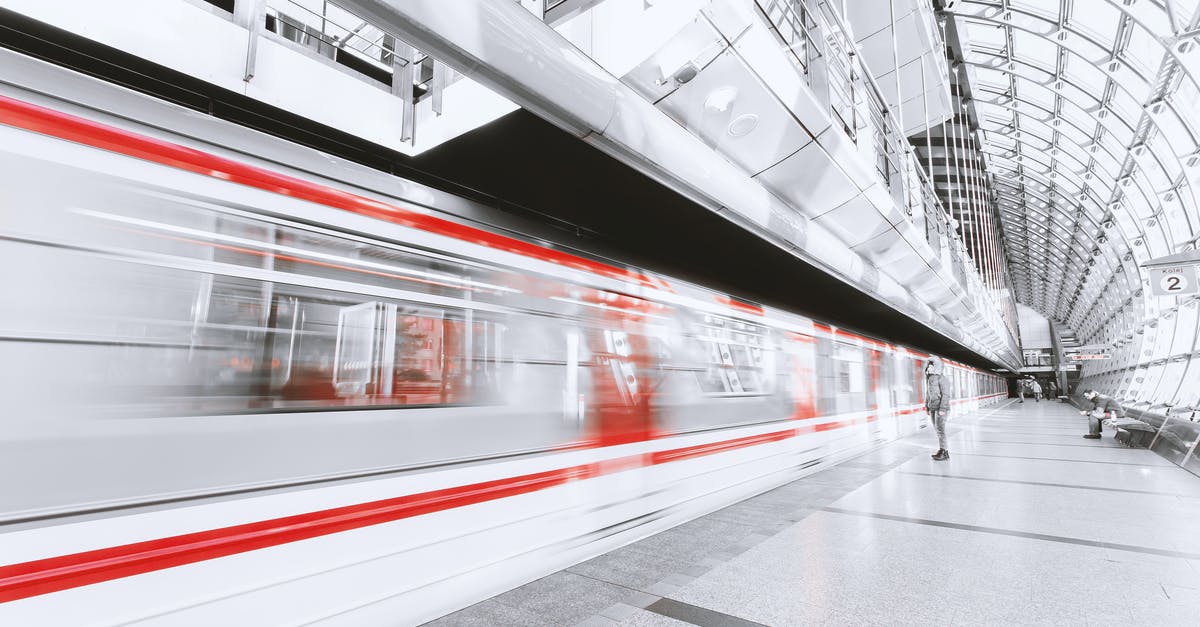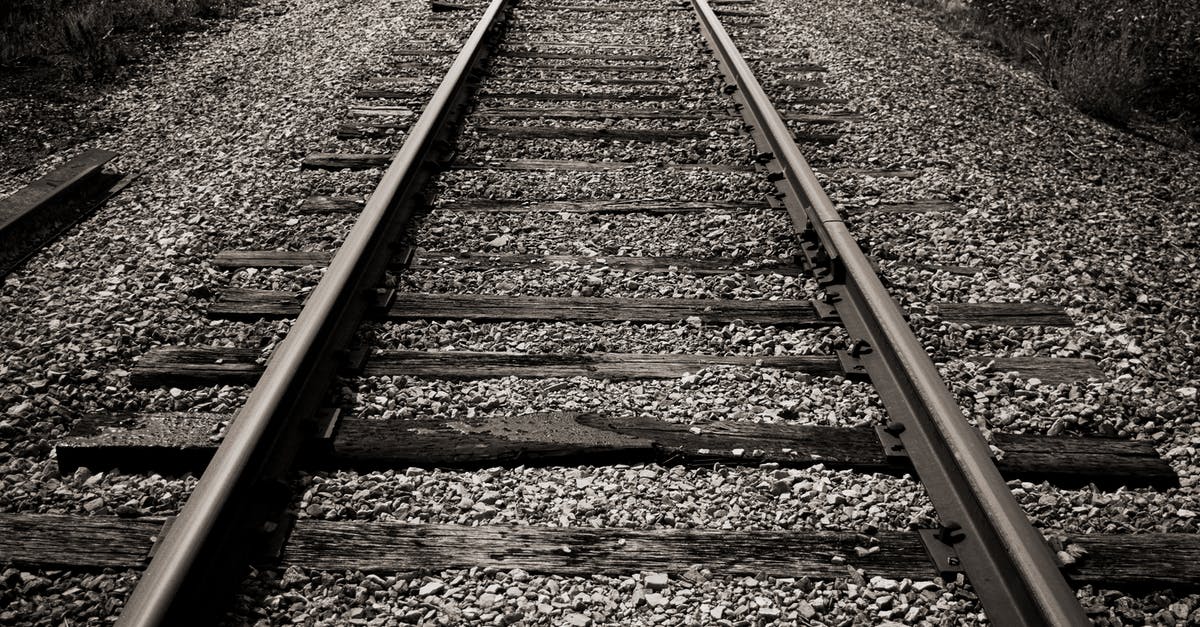Track all changes to the timeline in the Terminator series

In accordance with the topic challenge on time travel in TV and movies and celebrating Future Day:
There are quite a few Terminator questions relating to specific changes in the timeline or to whether a particular event from one timeline would still occur in another. What I want to do is create a comprehensive explanation of every event that changed the timeline and the known changes it produced.
Rules:
- An answer must explain the events of all 5 currently released Terminator films. The Sarah Conner Chronicles is optional. (I have not seen the show, but my understanding is it wasn't supposed to affect the movie timelines.)
- Resolve all contradictions. For the purpose of this question, arguing that a discrepency between films was a continuity error rather than a change to the timeline is not allowed.
- If there is any debate as to whether or not something constitutes as a change in or between films, arguments that cite evidence from the movies will trump arguments that don't (including, for example, our universe's laws of physics).
- Your answer may argue that the movies were released out of sequence (e.g. that Salvation is the future following from Judgement Day, not Rise of the Machines), but an answer in which changes to the timeline occur in the same order as the films were released will trump one in which the order must be changed.
- You do not have to agree with the course of events in my example; simply present a complete, well-argued explanation that is consistent with itself.
- Stealing parts of previous answers is acceptable. (Hence why I am posting one to start it off.) However, if this happens, I may have to make a judgement call as to which answer to accept, and this will be subjective.
- To keep the answers readable, please adhere roughly to the format used in my starting attempt.
Best Answer
This is not a true answer so much as it is a guideline for what an answer should be. It's my best attempt at an answer, but there's a gaping hole in the Salvation change. I'm also not sure if the list of discrepancies I address is complete or not. I've relisted it as an answer instead of being part of the question at the community's request.
The Terminator
- A T-800 is sent back in time to assassinate Sarah Conner. Kyle Reese is sent back to save her. This is the original timeline. While there are numerous effects of the two time travelers' presence (Sarah's pregnancy, numerous deaths), we learn by the end that these were not changes to the timeline, but rather that the orignal timeline already included this visit from the future, and the machines created the very future they went back to prevent. No changes to the timeline.
Terminator 2: Judgement Day
- Sarah, John and the T-800 destroy the remains of the original terminator and leave no remains of the two that came back to 1993. Because the existence of Skynet and Terminators was predicated on having future technology to go by, this seemingly prevents Judgement Day from happening. However, they were only successful in delaying the inevitable. The original origin of Skynet is prevented, delaying Judgemnent day 10 years.
For this explanation, I argue that the two terminators coming back to 1993 was not a change in the timeline in and of itself. While Kyle states "It's just him and me" in the first movie, we have every reason to believe he came back as soon as possible after learning the first T-800 had gone back (as is the case in subsequent timelines). In her opening narration in Judgement Day, Sarah states that the machines sent 2 machines back to attack them. It is likely that the machines sent the T-1000 back shortly after the T-800 (possibly from a different location), or at least that the resistance didn't learn of the second attempt until after Kyle had departed. Either way, the films support both attacks being part of the original timeline. However, in the original timeline, though John lived, Judgement Day wasn't prevented. (Perhaps John didn't realize he could give the T-800 orders, and it took John out of Los Angeles instead of rescuing Sarah.)
Terminator 3: Rise of the Machines
- The TX succeeds in eliminating some key resistance members before being destroyed by the T-800. This is the only confirmed change to the timeline created in Judgement Day that occurs during the events of Rise of the Machines. In the future this film's terminators come from, Judgement Day and John meeting Kate happened just as they do in the film. While we don't see any direct consequences of this, there are changes observed in the next film which must either be a consequence of this change or the one listed above for Judgement Day. Namely, The resistance (or at least Kyle Reece) now prefers to engage terminators in daylight rather than at night.
Terminator Salvation
- Skynet changes something offscreen. Yes, this is a terrible explanation, and an answer hoping to be accepted can't contain this hand wave, but that's part of why I'm asking the question. There is no time travel depicted in Salvation. Yet, the details of John and Kyle meeting change from Salvation to Genisys. More importantly, something prompts Skynet to make the most radical change to the timeline yet in Genisys. (If nothing changed between Rise of the Machines and Genisys, there would be no motivation for the events of Genisys to occur. John meets Kyle at a different time, and Skynet develops a plan to re-establish itself after its defeat.
Terminator: Genisys
- Skynet and the resistance send Terminators to Sarah as a child. Genisys details this pretty clearly: Sarah's childhood is drastically changed and she becomes an effective soldier much sooner. Much of the collateral damage done in 1989 is prevented. Pops's continued presence is also responsible for the prevention of Judgement Day in 2003.
- Skynet infects John Conner while Reece jumps through time. This starts a chain reaction. Witnessing a timeline change while time travelling gives Reece an erratic ability to access his own memories across timelines. This in turn enables him, Sarah and Pops to travel to address the new Judgement Day threat in the correct time. Judgement Day is again prevented in 2015, delayed until an as yet unknown time.
Pictures about "Track all changes to the timeline in the Terminator series"



Are there multiple timelines in Terminator?
Notes. The term "alternate timeline" is first used on-screen by Pops in the 2015 film Terminator Genisys. As shown in the image right to these texts, Rise of the Machines timeline, The Sarah Connor Chronicles timeline, Dark Fate timeline, and Genisys timeline are different alternate timelines to each others.How does Terminator: Dark Fate fit into the timeline?
The Terminator: Dark Fate timeline follows the Terminator 2: Judgment Day timeline and leads to the events in Terminator: Dark Fate. It is created by the destruction of the Cyberdyne Building.Is Terminator series connected?
If there's two constants, it's that there's no such thing as a fixed timeline, with the franchise having contradicted itself on a continual basis since its second installment. The latest film, Terminator: Dark Fate, is billed as a direct sequel to Terminator 2: Judgment Day, and ignores the subsequent sequels.What is the original Terminator timeline?
The Original timeline usually refers to the timeline where Kyle Reese and the 1984 T-800 Terminator, as seen in The Terminator. By most cases, this timeline is also where the T-800 Protector and the T-1000 Advanced Prototype were sent from the future, as seen in Terminator 2: Judgment Day.The Complete TERMINATOR Timeline Explained
Sources: Stack Exchange - This article follows the attribution requirements of Stack Exchange and is licensed under CC BY-SA 3.0.
Images: JÉSHOOTS, Andrea Piacquadio, Johann, Justin Lawson
